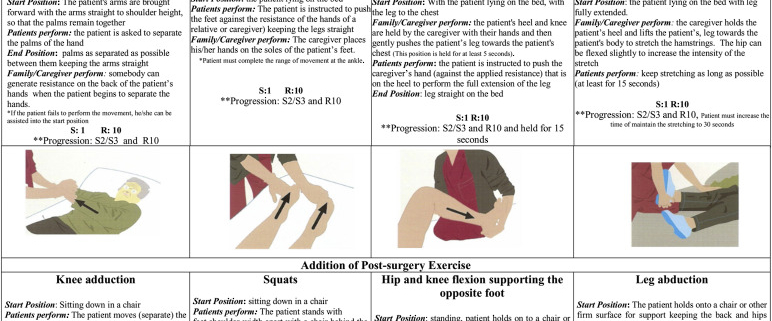Hip Fracture Surgery Rehabilitation

Overview
Hip fracture is a common yet serious injury, often resulting from falls or accidents. It is especially prevalent among the elderly due to osteoporosis or weakened bones. Undergoing hip fracture surgery is a critical step for repairing the break and restoring the joint function. However, the road to recovery extends beyond surgery; a thorough and appropriate hip fracture surgery rehabilitation is crucial to regain strength, mobility, and independence.
Types
There are two major types of fractures that often necessitate surgery:
-
- Femoral neck fracture: A break that occurs about an inch away from the joint, cutting off the blood supply to the hip.
-
- Intertrochanteric hip fracture: A break that occurs between the neck of the femur and the lower bony portion. It doesn’t affect blood supply and tends to heal more easily.
These fractures require different surgical approaches and may influence the form and duration of the subsequent rehabilitation.
Causes
Hip fractures are frequently caused by falls, which can result from conditions such as impaired vision, balance disorders, or chronic illnesses. Age-related changes also increase the risk, as bones tend to become weaker and more brittle. Other risk factors include female gender, sedentary lifestyle, smoking, alcohol abuse, and a family history of osteoporosis.
Symptoms
Signs of a hip fracture include severe pain in your hip or groin, inability to put weight on the leg on the side of your injured hip, stiffness, bruising, and swelling in and around the hip area, and a shorter leg on the side of the injured hip.
Diagnosis
Doctors usually detect hip fractures through physical examinations and imaging tests. The most prevalent test is an X-ray, which can clearly show the location and severity of the fracture. Occasionally, if the X-ray results are unclear, a magnetic resonance imaging (MRI) or computed tomography (CT) scan may be necessary.
Treatment Options
Treatment typically involves surgery. The type of surgery depends on the nature of the fracture. Total hip replacement may be suggested for older patients or those with other health concerns. After surgery, you will likely need physical therapy to help regain strength and improve balance and flexibility. Medications for pain management or to improve bone density might also be recommended.
Living With Hip Fracture Surgery Rehabilitation
Recovery demands commitment to a rehabilitation program. Most entail regular physiotherapy sessions to retrain muscles and promote mobility. It’s essential to adhere to the prescribed exercise regimen and gradually reintroduce physical activity into your daily routine. Eating a balanced, nutrient-rich diet can aid recovery, as can maintaining a positive mental outlook- don’t hesitate to seek emotional support if you need it, whether from professionals or loved ones. Regular follow-up appointments should be attended to monitor progress and adjust treatments as necessary.
When to Seek Help
After surgery and during rehabilitation, seek immediate medical attention if you experience significant pain, a sudden increase in swelling, redness, or warmth around the operation site, or signs of infection like fever and chills. Other sirens include chest pain, shortness of breath, lightheadedness, confusion or dizziness. It’s vital to spot potential complications early to address any issues promptly.
It’s important to remember that hip fracture surgery rehabilitation is a journey. Commitment, patience, and professional support are paramount to a successful recovery.
